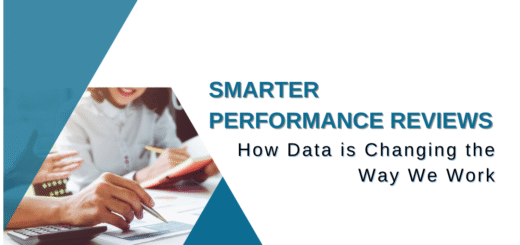The Next Wave: How AI is Redefining Our World and Your Role in It
We stand at the edge of a new era, not just of technological advancement, but of human possibility. Artificial intelligence is rapidly evolving from a tool we use into a force that is actively reshaping entire industries, redefining professions, and offering radical solutions to age-old problems. For those willing to look ahead, the future is not a pre-written script but a collaborative project—and you have a part to play. This isn’t about passive consumption; it’s about active engagement with the technologies that will define the coming decades.
1. The Silent Partner in Medicine: From Treatment to Prediction
The future of healthcare is shifting from reactive to proactive, and AI is the catalyst. Beyond simply scanning X-rays, next-generation AI systems are integrating disparate data points—genomic sequences, real-time biometrics from wearables, and even environmental factors—to build a holistic picture of individual health. Imagine a world where your smartphone doesn’t just count your steps but analyzes your voice for early signs of neurological conditions, or where an AI cross-references your family history with global research databases to predict your personal health risks years before symptoms appear. This moves us toward truly preventative medicine, where the goal is to stop illness before it starts. The ethical implications are profound, demanding rigorous conversations about data ownership and equitable access to these life-saving technologies.
2. The Rebirth of Mobility: Reclaiming Time and Transforming Cities
The conversation around self-driving cars often focuses on the mechanics of navigation. But the true revolution is urban and social. Envision a cityscape redesigned for people, not parking. As autonomous vehicle networks become ubiquitous, we could see a dramatic reduction in private car ownership, replaced by efficient, on-demand fleets. This promises to reclaim vast urban spaces currently dedicated to parking lots, reduce traffic congestion through perfectly coordinated routing, and drastically lower emissions. The ripple effects would transform city planning, real estate, and even the very concept of a “commute,” turning drive time into productive or leisure time. The challenge lies not just in perfecting the technology, but in building the public trust and regulatory frameworks to support this new ecosystem.
3. The End of Standardized Education: A Tutor for Every Mind
The industrial-era model of one teacher lecturing to thirty students is on its way out. AI-driven adaptive learning platforms are poised to create a educational experience that is as unique as a fingerprint. These systems won’t just track right and wrong answers; they will identify cognitive patterns, learning styles, and knowledge gaps in real-time. A student struggling with a calculus concept might be guided through an interactive 3D simulation, while another might be offered a historical anecdote about its application. This hyper-personalization ensures that no student is left behind and that every learner can advance at the pace that maximizes their potential, making education a continuous, engaging journey of mastery rather than a rigid race through a curriculum.
4. The New Collar Economy: Creativity as the Ultimate Currency
The fear of automation eliminating jobs is being countered by the exciting emergence of entirely new fields. The future workforce won’t be divided into “tech” and “non-tech,” but will require a fusion of human-centric skills and digital literacy. “Prompt engineering”—the art of crafting precise instructions for AI—is already a valued skill. We’ll see a rise in roles like AI ethicists, who audit algorithms for bias; virtual environment designers, who build immersive digital worlds; and data storytellers, who translate complex AI insights into actionable business strategies. The most secure careers will be those that leverage intrinsically human traits: empathy, creativity, strategic thinking, and ethical reasoning, using AI as the most powerful tool ever created to amplify these abilities.
5. The Planetary Immune System: AI as a Steward of Nature
Perhaps AI’s most profound application is as a guardian of our natural world. Conservationists are using machine learning to analyze decades of satellite imagery to track deforestation in the Amazon to the square meter. Acoustic sensors in rainforests can identify the sound of illegal logging trucks or gunshots, dispatching rangers in real-time. In agriculture, AI-powered “precision farming” can analyze soil composition from drones and deliver water and nutrients to individual plants, not entire fields, dramatically reducing waste and environmental impact. This positions AI not as a cold, impersonal force, but as a critical partner in solving the most complex, large-scale challenges of sustainability and conservation.
Conclusion: The Human Imperative in an AI-Driven Age
The trajectory of AI is not predetermined. The technologies themselves are neutral; it is human intention, creativity, and values that will determine their impact. The future sketched here—healthier, more efficient, more personalized, and more sustainable—is only one potential outcome. It requires our vigilant participation.
This means moving beyond being mere users to becoming informed citizens of a digital world. It demands that we ask hard questions about privacy, equity, and access. It calls for us to advocate for regulations that protect the vulnerable and to support innovations that benefit the many, not just the few. The next chapter of AI won’t be written solely in Silicon Valley labs; it will be written in town halls, classrooms, and everyday conversations. The most important ingredient in the future of AI is not more processing power, but more humanity. The question is no longer “What can AI do?” but “What do we, as a society, want it to do?” The answer is ours to shape.


